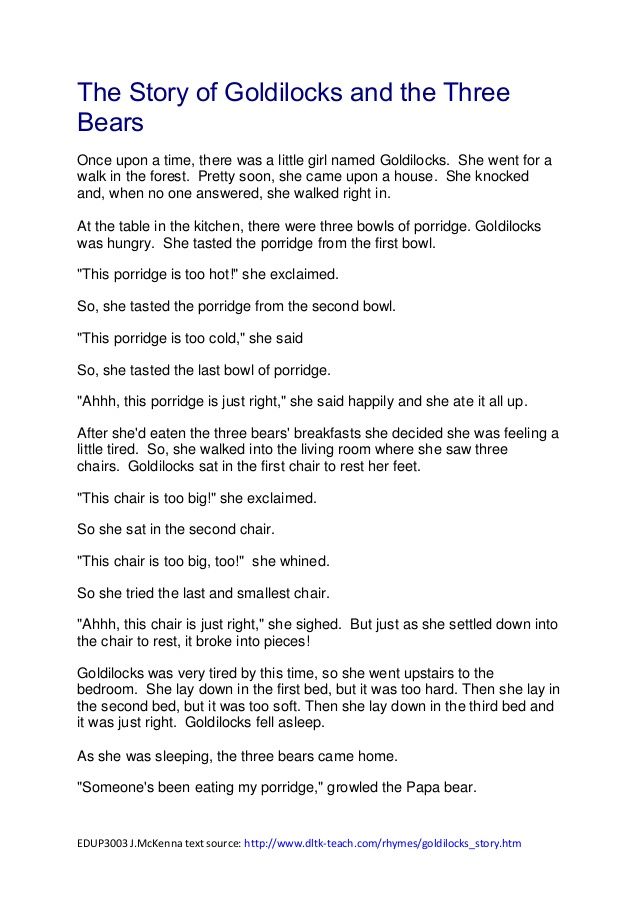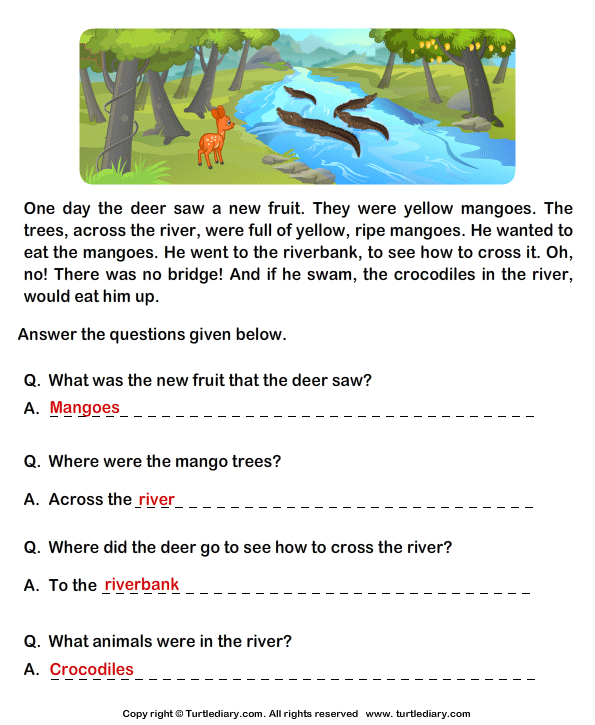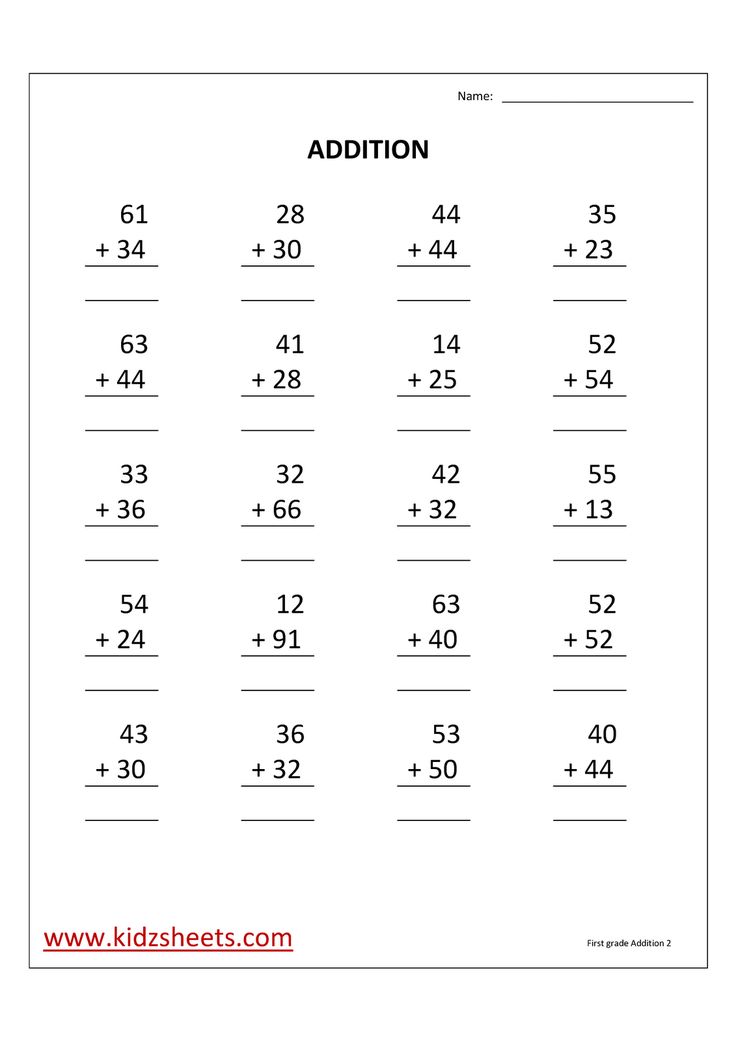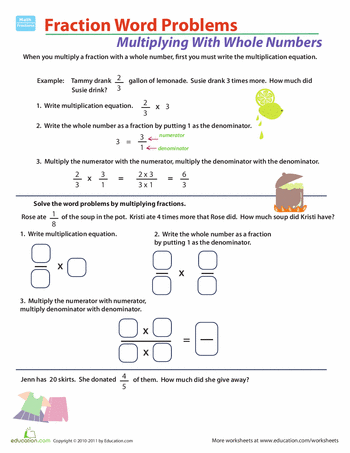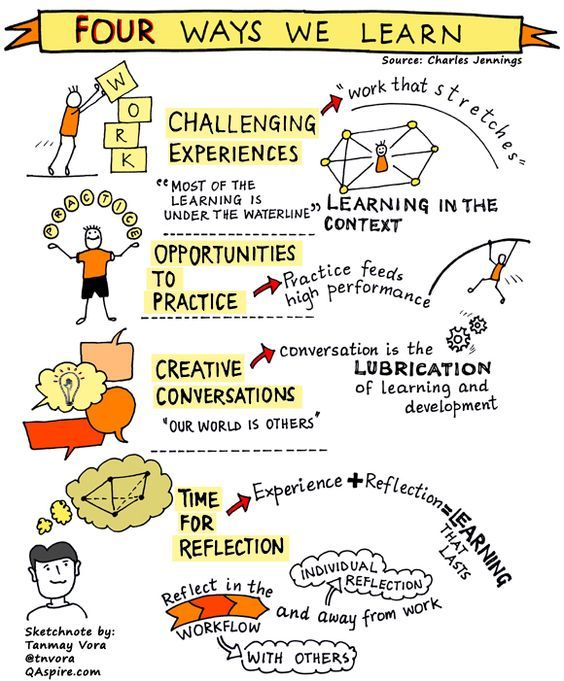Kids games for first graders
Fun learning games and activities for 1st graders
Looking for some fun ways to help your child learn important skills while keeping busy? Try some of these fun, teacher-tested activities for 1st graders.
-
Create a personalized placemat
This activity will help your first grader build reading and writing skills.
-
Number sense
This number-sense game played with dice helps your first grader build math concepts such as “greater than” and “less than.”
-
Create a noisemaker
This easy-to-create noisemaker makes amusing sounds. The activity reinforces observation, asking questions and experimentation – important skills in building scientific knowledge.
-
Map that house
By creating a map of your house, your first grader will build mapping skills and learn that a map is a representation of an area.
-
Create a mummy
Making shawabtis, small mummy-like statues that were used in Egyptian tombs, helps children learn about Egyptian art and culture, while exercising their imagination.
-
Create a family memory Book
With the help of a word-processing program and a digital camera, your first grader can build computer skills and create a wonderful book about his family.
-
Feel the music
First graders can use their natural interest in art and drawing to express how different music makes them feel.
-
Accordion book fun
By making her own book, your first grader will build reading and writing skills.
-
Keeping a journal
First grade is not too early to start keeping a log of daily activities and observations. This practice builds writing skills.
-
Speed spelling
This fun word-building activity will help your child master spelling skills.
-
Get moving
When your child practices skipping, hopping, galloping and side-stepping, she’ll be building coordination and endurance skills.
-
Make your own wrapping paper
Printmaking using fruits and vegetables is a fun art activity to try at home.

-
Make a story map
Have your child make a story map to sequence the beginning, middle and end of a story.
-
Shape walk
Go outside with your child and look for shapes.
-
Does it sink or float?
In this activity your child makes predictions about what objects will sink or float, tests the objects and then classifies them.
-
The “scents” of smell
Have your child explore the sense of smell by having her guess different scents.
-
Letter collage
In this activity your child explores letter sounds by making a collage.
-
Word family flip book
Have your child create this fun flip book to practice reading.
-
Develop a mental image
Have your child make a mental image of a passage that has been read aloud.
-
Make a pop-up book
In this activity your child makes a creative book to write a story in.
-
Food fractions
Here’s a clever and tasty way to review fractions with your child.
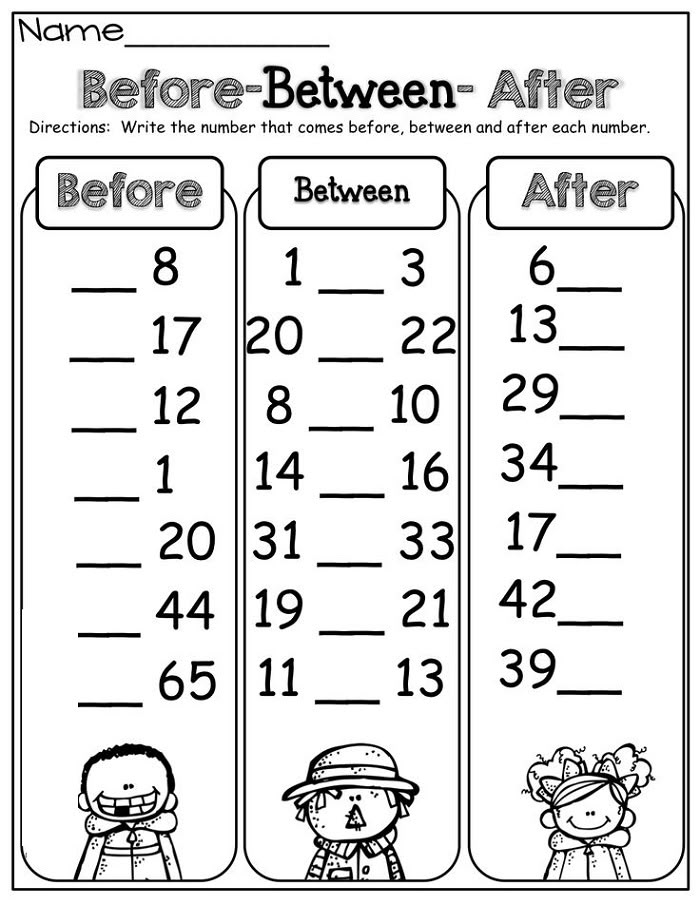
-
Make a storytelling board
In this activity your child acts out a story with a hand-made storyboard.
-
Living things and nonliving objects
Have your child find living things and nonliving objects.
-
Describe an object
In this activity your child writes about an object in detail.
10 Best Board Games for First Graders
Sharing is caring!
2.4K shares
- Share
- Tweet
Are you ready to start gameschooling? Including games in your family life and homeschool routine brings the opportunity for spending fun quality time together and teaching your kids important skills! These are the 10 best board games for first graders that the whole family can also enjoy!
Each of these games has been chosen because it fits in well with the developmental stage of a first grader. They will offer your 6 and 7 year olds a challenge without being too difficult.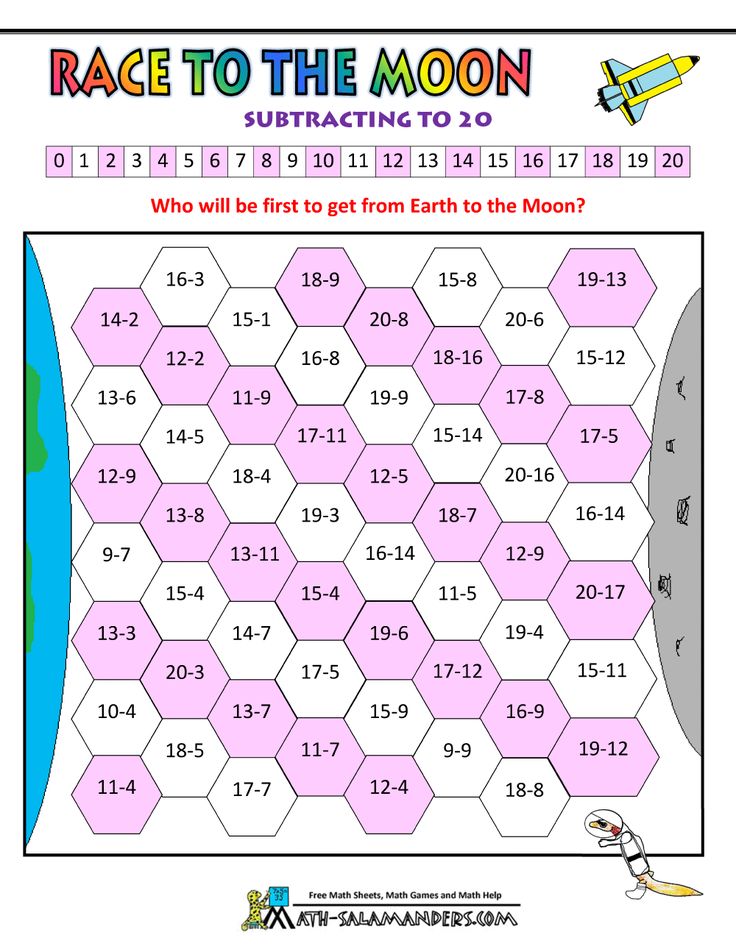
This post contains affiliate links. If you make a purchase after clicking a link, I will earn a commission. Disclosure policy
10 Best Board Games for 6 to 7 Year Olds
Kingdomino
This is one of our favorite games to play as a family. The main game play requires strategy and then at the end, everyone gets to work on their counting, adding, and multiplication skills. This is a game that you’ll enjoy playing for a long time to come because it’s enjoyable for adults too! And there are awesome expansion packs to enhance game play even more!
Catan Jr
Catan Jr is the perfect introduction to the world of Catan for kids! This fun board game takes about 30 minutes to play and teaches kids about trading and strategy. This is another game that your whole family will enjoy playing.
Ticket to Ride: First Journey
The simplified rules & quicker game play (30 minutes or less) make this perfect for first graders. This game also gives kids an introduction to the map of the United States!
Dos
From the creators of Uno comes Dos! A new family card game that is sure to delight everyone, once you get the hang of it! As an added bonus, this will also sharpen math skills!
Zingo
There are 2 versions of this game – Zingo with “sight words” aka basic words that can mostly be sounded out if your kids know phonics.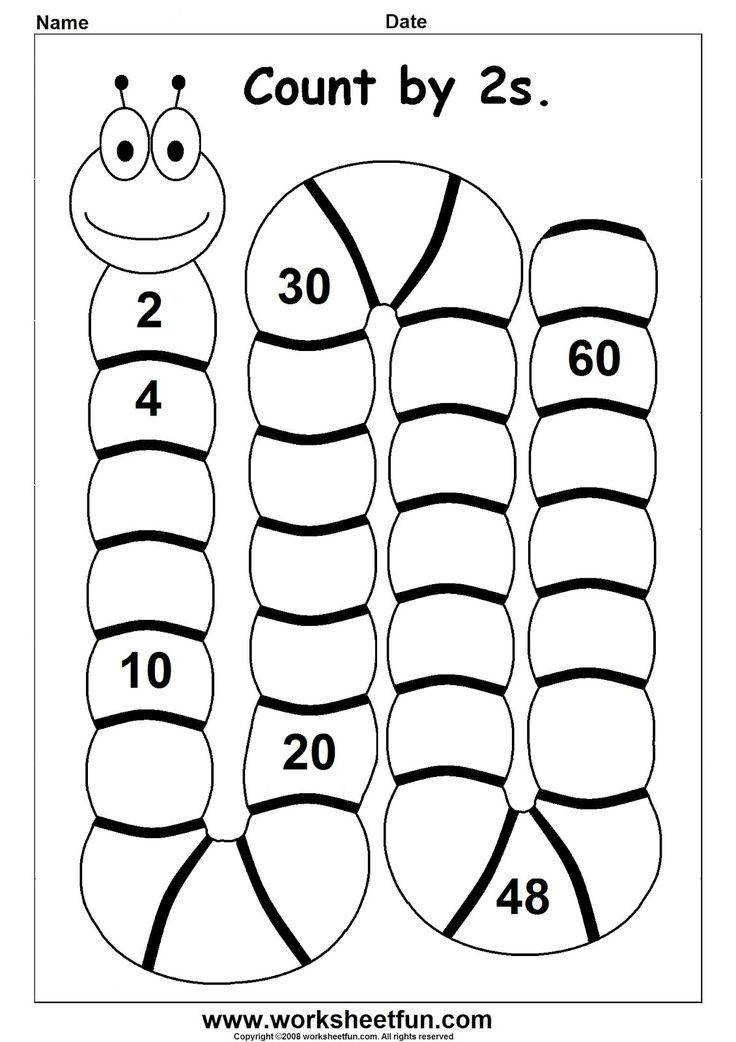 And there is also a Zingo pre-reader game. It’s basically bingo with words, and helps kids sharpen reading skills!
And there is also a Zingo pre-reader game. It’s basically bingo with words, and helps kids sharpen reading skills!
Dino Math Tracks
First Graders are often obsessed with dinosaurs, so this is the perfect game for them! It teaches place value, adding, and subtraction. There are 3 levels of play and it’s a fun educational game.
Do your kids LOVE dinosaurs??? Check out this Dinosaur Unit Study!
Guess Who
This classic game is still great for first graders! It helps kids build their vocabulary & description skills, while also challenging them to ask the right questions to discover who their opponent’s character is!
Gnomes at Night
This fun game works on 2 skills that all first graders need to develop: communication and cooperation! They will work together and give directions to each other to get to the treasure! This is a fantastic game for the whole family.
Cauldron Quest
This is another cooperative game that will develop social communication skills and creative problem solving.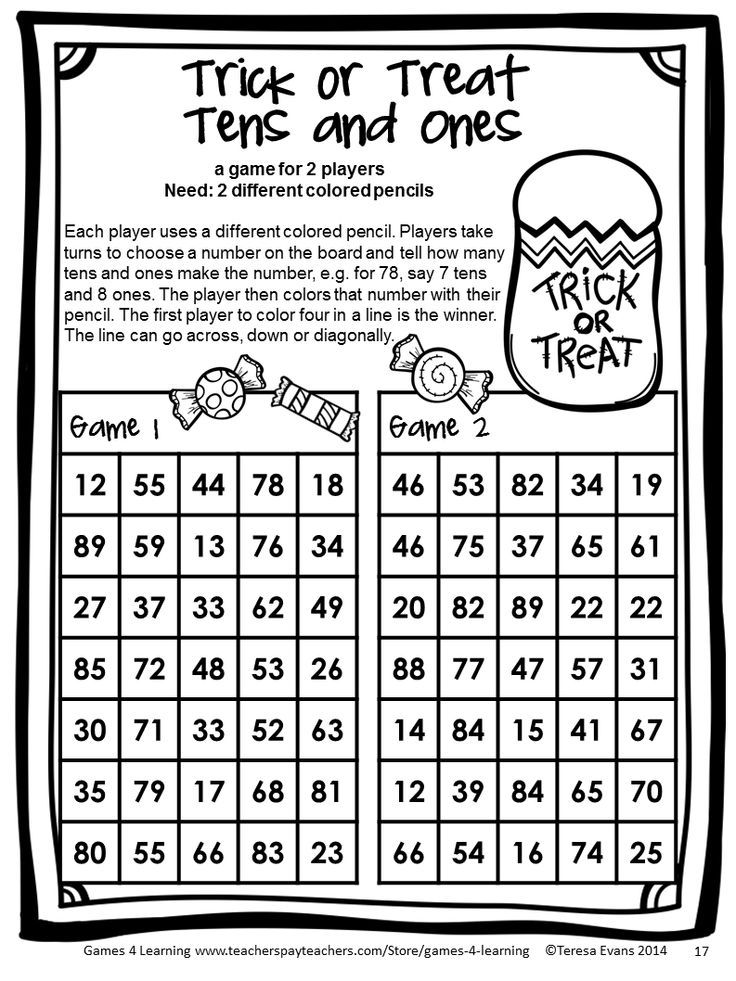 This is a game that’s perfect for kids who enjoy magic!
This is a game that’s perfect for kids who enjoy magic!
No Stress Chess
Teach your kids the classic game of chess using the incremental steps in the No Stress Chess game! This is also perfect for adults who don’t know how to play chess either. You can learn right alongside your child!
Best Games for First Graders
The 10 games listed above are the best board and card games for first graders. These are games that will sharpen or teach valuable skills while also being fun for the whole family to play together!
I don’t suggest going out and buying ALL of these games at once. Slowly add to your gameschool collection by giving only 1 or 2 games at a time. Start by giving your kids 1 to 2 games as a first day of school gift. Then you can also give them as a gift at birthdays and holidays.
Introducing only 1 or 2 games at a time will allow you to fully learn the game before adding in another.
I suggest having a set time at least once a week to gameschool! Utilizing games in your homeschool (or after school and weekend) time with your kids will create great memories and help your kids develop needed skills all while having fun!
Want More Games? Check Out the 10 Best Games for Kindergarteners (first graders will love them too!)
See More Educational Gifts for 6 Year Olds
More Posts About Homeschooling First Grade:
- Must Teach Subjects in First Grade
- First Grade Homeschool Curriculum
- First Grade Homeschool Schedule
Please Share & Pin!
Games for first-graders - Letidor
Today children go to school well prepared.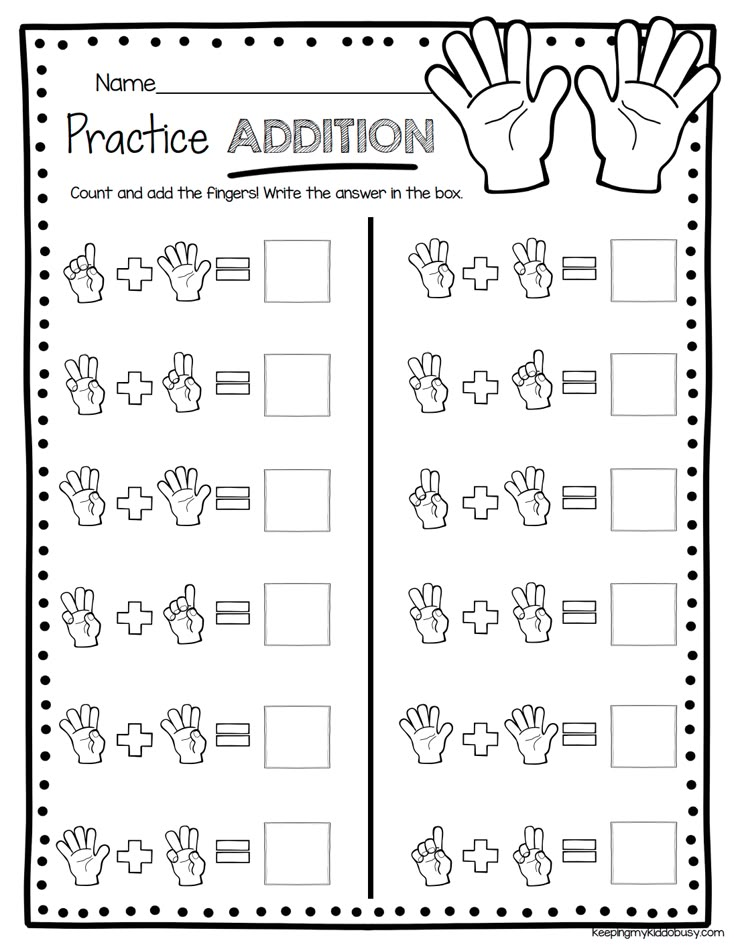 Our Styopka read wonderfully and counted even before school, but he still sometimes has some difficulties in his studies. For example, retelling is given to him with great difficulty. You can train this and other useful skills in a playful way. What we actually do in our free time. And not only together with my son, but we also connect his friends-classmates. We present to your attention several games for first-graders!
Our Styopka read wonderfully and counted even before school, but he still sometimes has some difficulties in his studies. For example, retelling is given to him with great difficulty. You can train this and other useful skills in a playful way. What we actually do in our free time. And not only together with my son, but we also connect his friends-classmates. We present to your attention several games for first-graders!
In a nutshell
I am reading a short story, the children are listening. And then everyone tries to convey its content, but in a concise form, using only one or two sentences.
The main thing is to convey the essence of the story, secondary details can be omitted. You also need to ensure that the guys do not use parasitic words and, in general, any extra words.
Sad fun
This game for children develops thinking and enriches vocabulary.
For each named word, you need to choose an antonym, that is, a word with the opposite characteristic.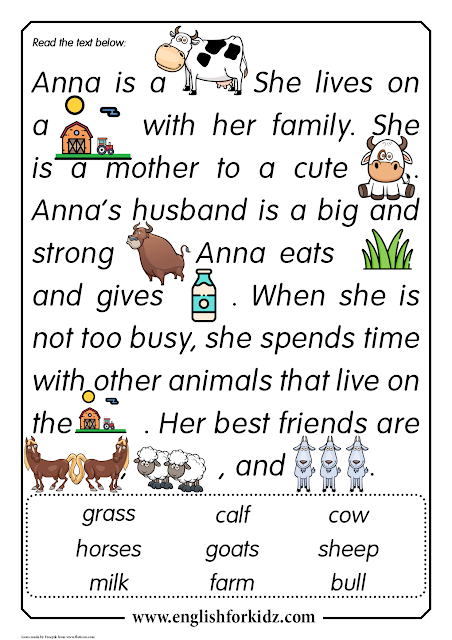 Thin-thick, light-heavy, fire-water, handsome-ugly, brave coward...
Thin-thick, light-heavy, fire-water, handsome-ugly, brave coward...
We play like this: first I name the word, and Styopka comes up with an antonym. Then he calls the word and I come up with an antonym. If a lot of people participate in the game, we play in a circle. The first says the word, the second comes up with an antonym and names the word for the third player, and so on.
Fun arithmetic
And the teacher played such a game for children in our class. All children took part in it.
First you need to prepare a set of cards with numbers from 0 to 9 (if there are many children, then there will be more sets of cards - according to the number of participants).
So, suppose we have two teams. All players line up in a line - one to the right of the teacher, the other to the left. Each player is given a card with a number.
The teacher (facilitator) reads out an example. The team must quickly perform arithmetic and calculate the result. Players with the numbers that make up the result stand near the teacher and raise the cards high above their heads.
Players with the numbers that make up the result stand near the teacher and raise the cards high above their heads.
For example, the teacher says: 15+8
The correct answer is 23. The players whose cards show the numbers 2 and 3 from each team run out and stand in front of the leader. The team that completes the task faster wins.
Who is superfluous here?
It is advisable for the facilitator to prepare in advance and write down three concepts for himself on a piece of paper, one of which will be superfluous.
For example:
Choose an extra color:
Apricot, Plum, Orange
grass, lemon, cucumber
Choose an excess shape:
Window, wheel, TV
Pilicle, Watermaker
Choose an excess value:
9000 Mating, Hippo, Solominka0
Felt pen, fork, house
Select extra flavor:
Jam, vinegar, candy
Herring, ice cream, chips
Select extra weight0002 Cotton wool, weight, feather
Hippo, dragonfly, elephant
Dreamers
Styopka and I love this game very much.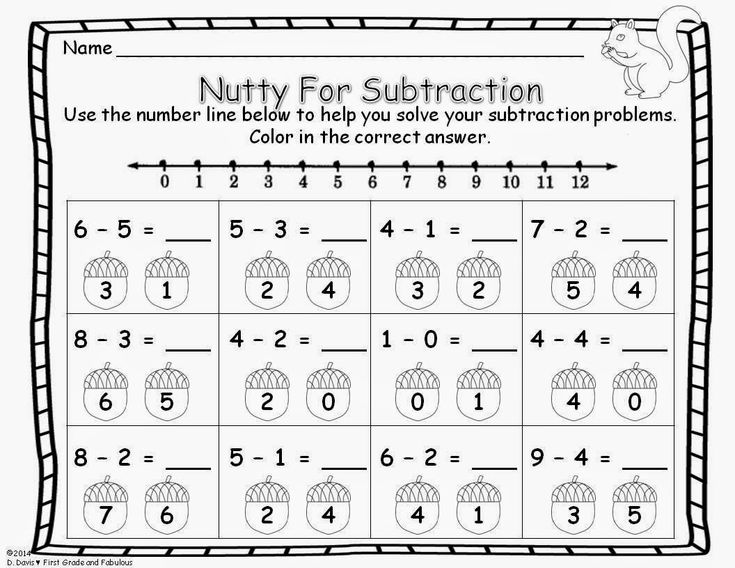 There is only one caveat here - it must be completed on time, otherwise fantasy can lead you into such a jungle that you will have to compose both the second and third series.
There is only one caveat here - it must be completed on time, otherwise fantasy can lead you into such a jungle that you will have to compose both the second and third series.
So, the first player says any phrase with an unfinished thought. For example, “Last night I looked out the window ...” The second player continues “and saw a huge star in the sky, which ...” And so on. Players take turns complementing each other and get an interesting story. Sometimes in this way we repeat some homework. Just then we agree initially that we are talking, for example, about the multiplication table. Of course, I have to direct the game in the right direction all the time, but it's not difficult at all.
Linker
We randomly choose two objects, and then try to connect them with some kind of bridge. That is, we come up with words that will help to move from the first word to the second. The logical chain must be built correctly.
For example, the first word is "thread", the second is "dress".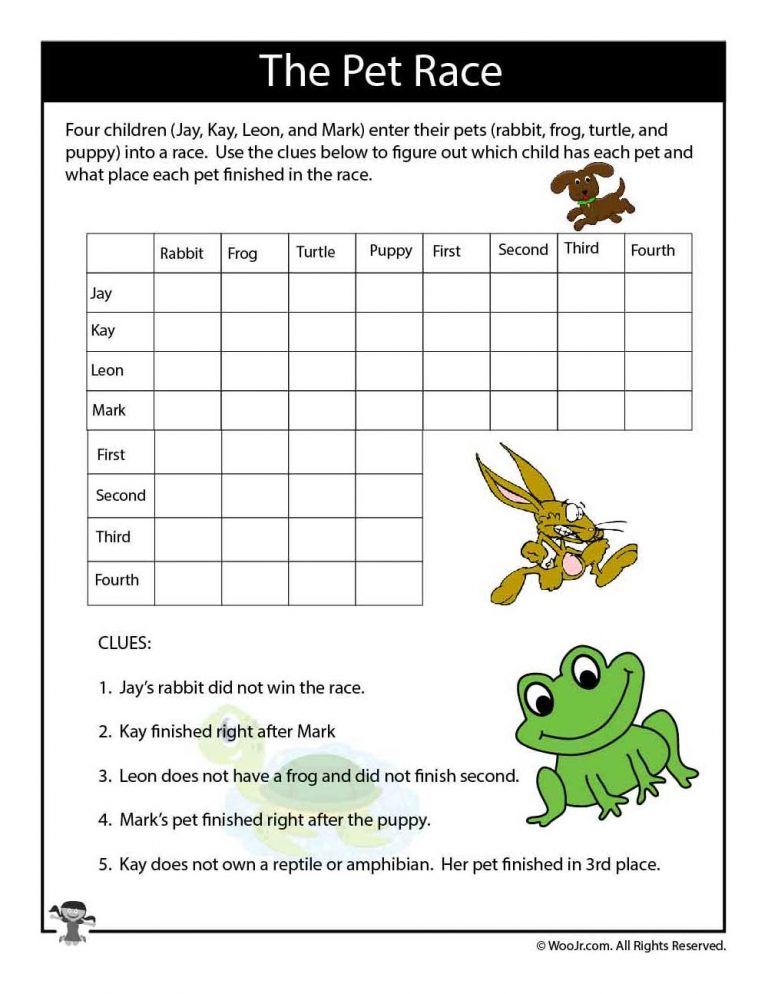 Between them there can be the words "needle" (it is threaded into a thread) and "fabric" (a dress is sewn from it).
Between them there can be the words "needle" (it is threaded into a thread) and "fabric" (a dress is sewn from it).
To make the game more difficult, you can choose completely different words, like "excavator and cotton wool", or "pear and wings". And you can also agree that between the first and last word there should be at least fifteen linking words.
Faster, even faster
All the children in our class already know how to read. But some are better, some are worse. The teacher told me several educational games that develop reading speed. In my opinion, very interesting:
-
read the text together, reading the words alternately. That is, the first player reads the first word, the second - the second. Then again the first player is third, the second is fourth, and so on
-
reading words that begin with the selected letter
-
read the first word, then it again, but faster. Now we read the first and second word - first slowly, the second time faster.
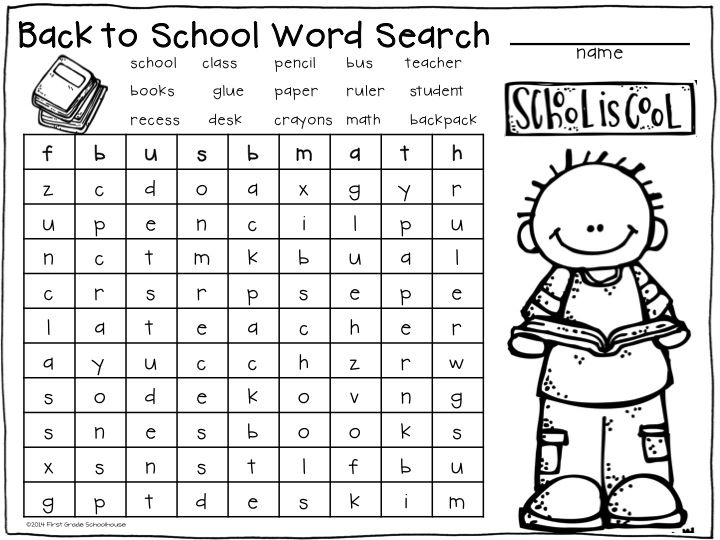 We turn to the third word ... and so on until the end, until we finish the sentence.
We turn to the third word ... and so on until the end, until we finish the sentence.
Similarities and differences
This game for children is somewhat similar to the previous one. It develops mindfulness and ingenuity.
The facilitator names two objects, and the player names what unites or distinguishes these concepts. For example, milk and water.
General - they are liquid, you can drink them, they are sold in a store
The difference is that a cow gives milk, but not water. Water flows from the faucet, but milk does not.
If the game is played in the company of children, then the winner is the one who is the last to name the similarity or difference of objects.
One minute
One of the important skills of a first grader is the ability to estimate time. Take at least my Styopka, he always thinks that he has very little time, so he does not have time to do his homework (although he always has time for games).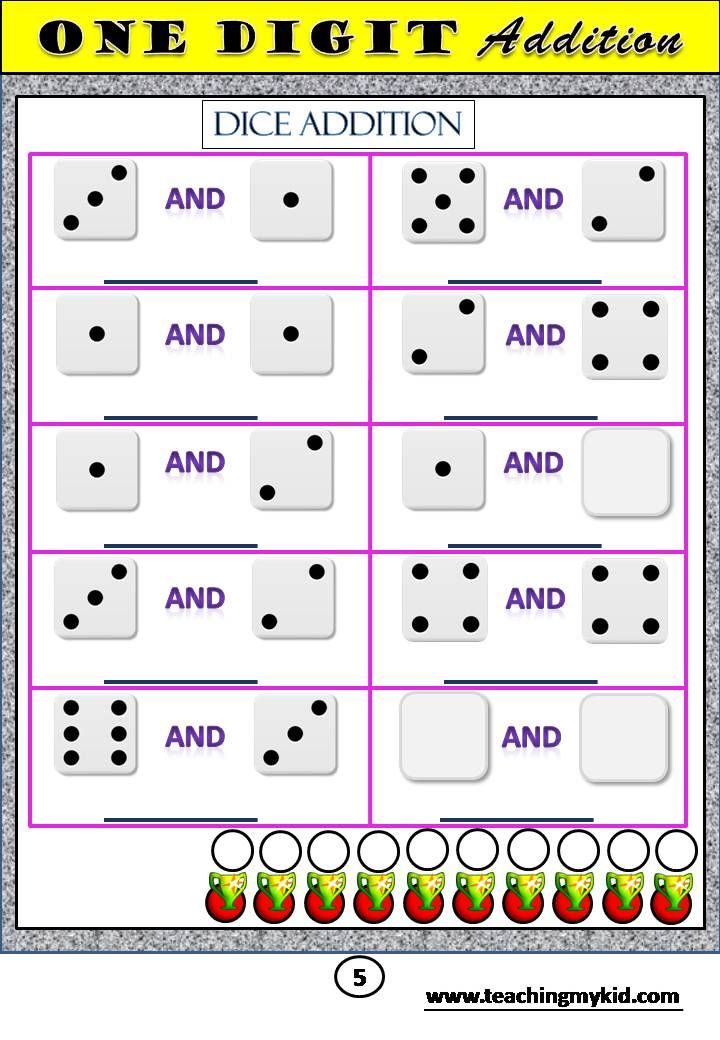 So, I decided to show him that even 1 minute is a lot.
So, I decided to show him that even 1 minute is a lot.
I held a competition between Styopka and his friends who can do more in one minute:
It turned out that you can do a lot in one minute. So now Styopka has no reason to say that there is not enough time for lessons.
Guess the number
This game will help first graders learn to count faster.
Facilitator asks a question: Name the number
-
more than 3 but less than 5
-
less than 8 but more than 6
The player who quickly orients himself and gives the correct answer receives a bonus. The game can be played, for example, up to ten bonuses.
42 ideas for a great time
In the era of flourishing technology, endless cartoons and the same endless feeds in social networks, both children and parents began to forget about simple communication, looking into each other's eyes, and not at the screen of a TV, tablet or smartphone.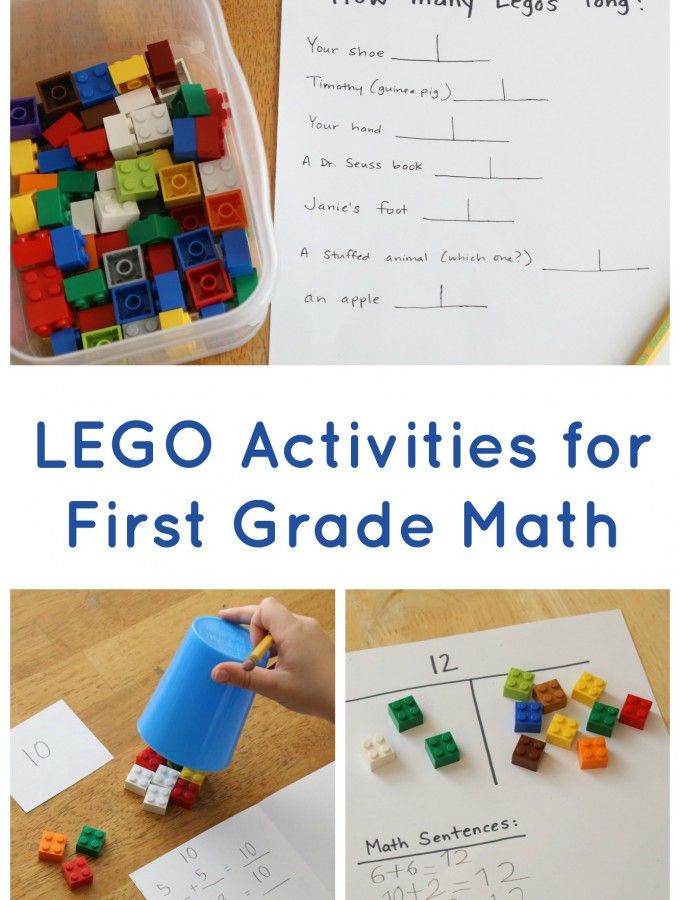 Think about how long it has been since you played with your child? Oddly enough, even the ideas for the simplest and once popular games have long been lost in memory and have undeservedly lost their relevance.
Think about how long it has been since you played with your child? Oddly enough, even the ideas for the simplest and once popular games have long been lost in memory and have undeservedly lost their relevance.
Games for children are not only a great way to spend time with the family, but also an opportunity to develop thinking, memory, logic, reaction speed. We have collected the best children's games that will captivate the whole family and give a charge of vivacity and positive for a long time.
Contents:
- Children's games at home
- Fun games for children at home: types
- Active games
- Sports games
- Competitions
- Development games
- Speech games
- Construction of houses
- Math games
- Interesting games for two children
- Role-playing games
- Unusual home games
- Music games
- Water games
- Interesting games
- Advice to parents
Children's games at home
Entertaining games for children have many advantages: they bring together all family members who take part in the process, allow you to spend time rich and exciting, without gadgets and TV. The game is a powerful tool for the development of your child. If you are going to spend time together, blowing dust off a box of checkers or a long-forgotten Monopoly, remember a few nuances:
The game is a powerful tool for the development of your child. If you are going to spend time together, blowing dust off a box of checkers or a long-forgotten Monopoly, remember a few nuances:
- Try not to prompt your child. Make an exception to the rule only if he does not yet know the rules. Let them learn to make mistakes and draw conclusions. Undoubtedly, you know more, but let the baby be independent.
- Do not give in, you must be equal. Therefore, it is worth choosing interesting games for children, where the process does not require encyclopedic knowledge or vast experience, and the rules are simple and understandable for everyone.
- You need to play only with pleasure, getting pleasant emotions. If you notice that the children don’t like the game or they get bored, it’s better to switch to another one: it’s definitely not worth forcing anyone to have fun.
Fun games for kids at home: 9 types0185
What kind of games are there in a confined space? When thinking of entertainment, consider the possibilities of an apartment or house and the age of the child.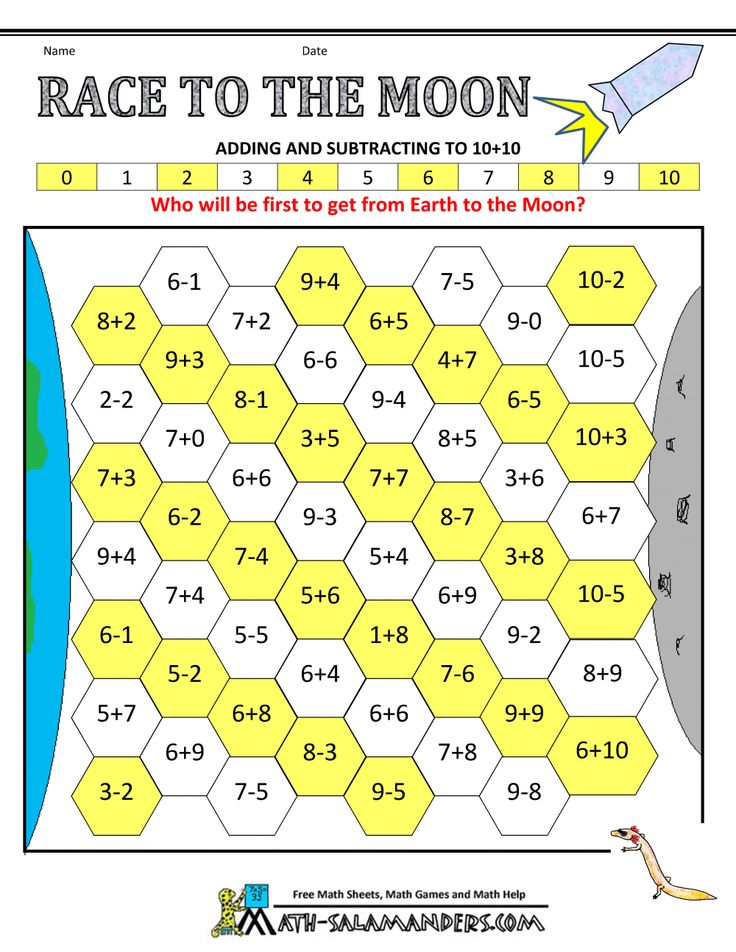 Excessive noise should not be raised late in the evening, and too primitive games are unlikely to be appreciated by a senior student. Therefore, alternate, experiment, and you will definitely select exactly those family games that will captivate everyone, and just spend time with children without a computer.
Excessive noise should not be raised late in the evening, and too primitive games are unlikely to be appreciated by a senior student. Therefore, alternate, experiment, and you will definitely select exactly those family games that will captivate everyone, and just spend time with children without a computer.
Active games
1. Let's go!
Have your child pretend to be a car driving down a dark road. To do this, put a few chairs or other objects, give the child a steering wheel or its round substitute, and blindfold. You are a navigator, a kid is a car, turn on and go! Try switching places so that the child also tries himself as a helper.
Suitable for age: 5-8 years old.
2. Hold the balloon
This kids game will require a balloon and some skill. Task: move the ball from one end of the room / corridor to the other without touching it with your hands and without letting it fall. Let the children be smart: you can blow on the ball, push it with your nose, chin, knees.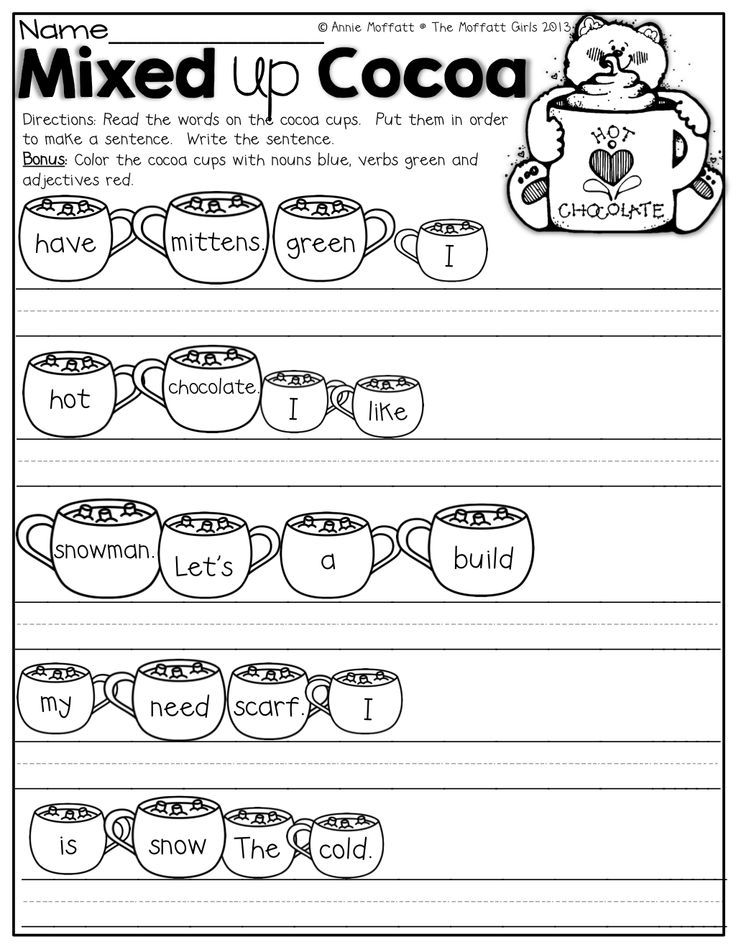
If there are two children, arrange a competition: who will bring the ball to the finish line faster. For older participants, the task can be made more difficult by building a path or placing small obstacles to get around.
Suitable for age: 5-15 years old.
3. Cross the river
Rope ropes, ribbons or two pieces of rope, laid out at a distance of one and a half to two meters from each other, can play the role of the banks. From paper, cut out circles that will replace the pebbles.
Invite the child to "get over" from one bank to another, stepping over the stones without "wetting" the legs. The game is simple, but perfectly develops coordination of movements in children 3-5 years old.
Suitable for age: 3-5 years old.
4. "Brilliant" basketball
In an apartment, entertaining games for children with a ball are not very convenient, but if you replace it with small foil balls, and build a basket from a children's bucket or a cut-off five-liter bottle, you get quite a decent basketball.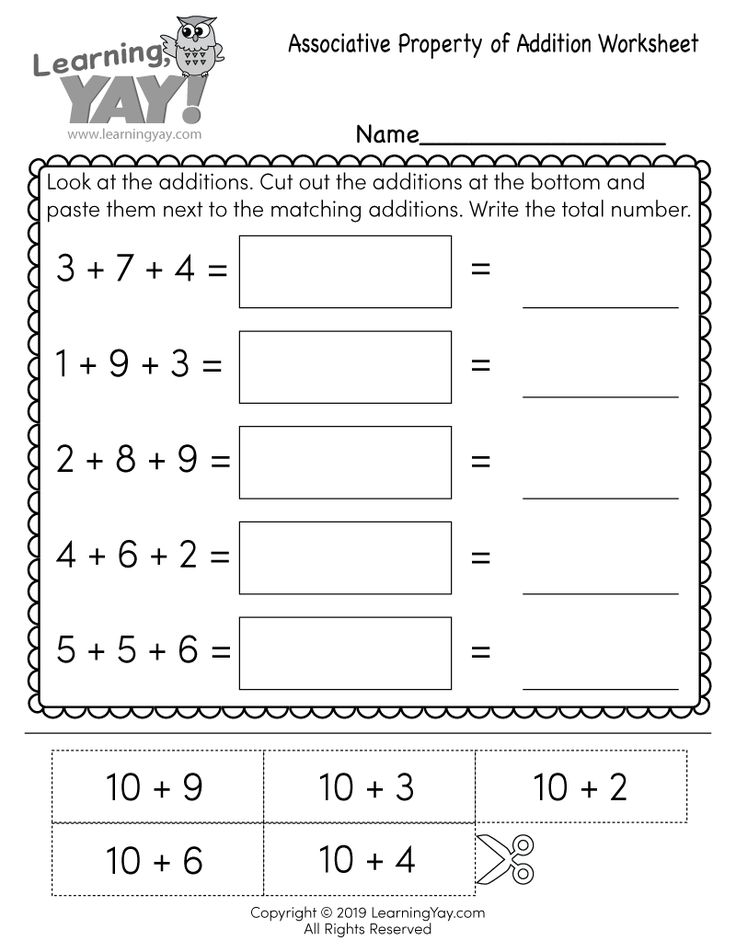
The competition can be made more difficult: throw in turn with the left and right hand, count who will have more hits per minute, vary the distance from the player to the basket.
Suitable for age: 5-13 years old.
5. Classics
The good old “jump” is definitely worth remembering and playing even within an apartment or house. With construction tape on the carpet, “draw” a classic, a round candy box can be used as a “bit”. The main thing is to remember the neighbors below and try not to disturb their peace in the evening.
Suitable for age: 5-10 years old.
6. The fastest turtle
Turning into a turtle is easy! Get on all fours, put a pillow on your back and go to the finish line, so that your "shell" is not lost along the way. You can arrange a competition "Who is faster?" or which of the "turtles" will show the best time.
Suitable for age: 4-7 years old.
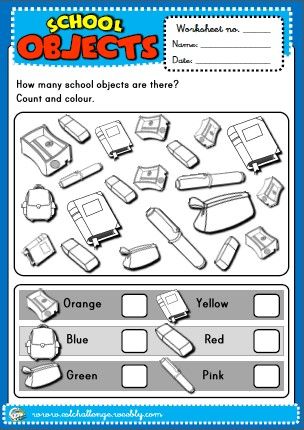
7. Insidious ball
Throwing the ball within the apartment is not the safest activity, so you can think of other activities with it. Lie on your stomach opposite each other, put the ball between your heads. Try to stand up while holding the ball with two hands, without the help of hands.
Another option would be to compete, in which case two balls would be required. Get on all fours and, on command, start rolling the ball, touching it with your forehead or nose, without helping with your hands. Whoever crosses the finish line the fastest wins.
Suitable for age: 5-10 years old.
Sports games
It is possible to entertain children at home with games not only for the purpose of entertainment. Motor activity is necessary, especially for a fidget baby. Come up with stories, remember your favorite animals or fairy-tale characters, accompanying interesting stories with movements as the story progresses.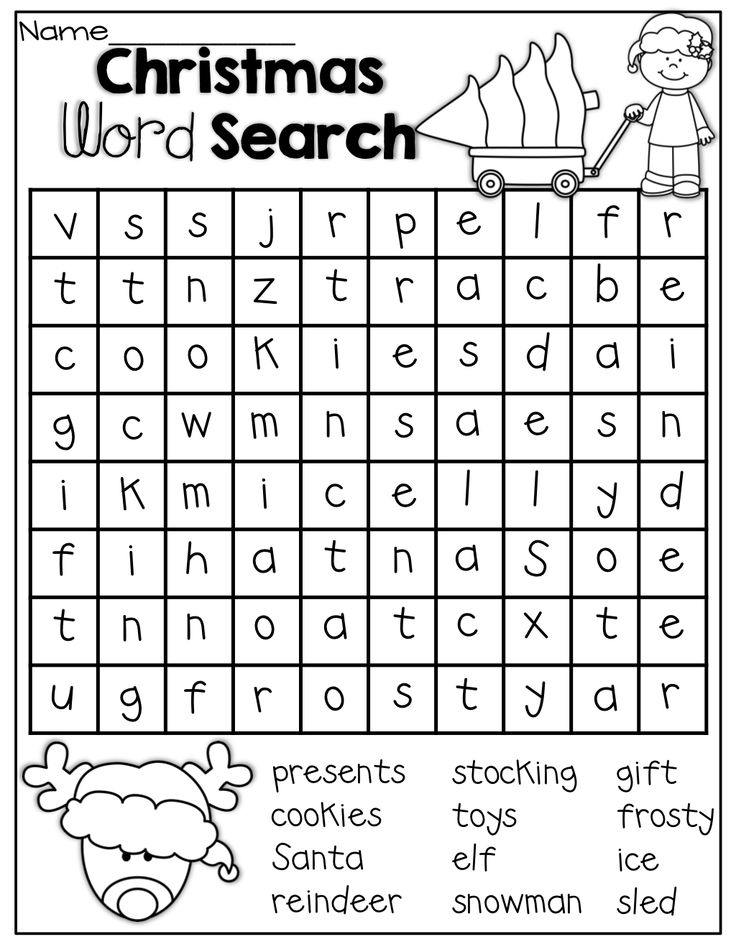 The child will be happy to imitate a bear, jump like a monkey or stretch his neck like a hissing goose. Mobile children's games will allow you to spend all the extra energy that the baby has accumulated, directing it in the right and useful direction.
The child will be happy to imitate a bear, jump like a monkey or stretch his neck like a hissing goose. Mobile children's games will allow you to spend all the extra energy that the baby has accumulated, directing it in the right and useful direction.
8. Jumper
Hang the balloons from the ceiling at such a distance that the child can reach them only by jumping. Pre-fill them with foam balls, large confetti or other light fillers.
The child's task is to jump up, hitting the ball with his hand, and reach it. You can diversify the game by taking multi-colored balls and placing them at different heights, and then, naming the color, ask them to jump to each of them.
Suitable for age: 3-5 years old.
9. Gulliver and the Lilliputians
This activity is suitable for a group of children. Ask them to stand in a circle and tell them that everyone can imagine themselves both very small and very large, the main thing is to be attentive.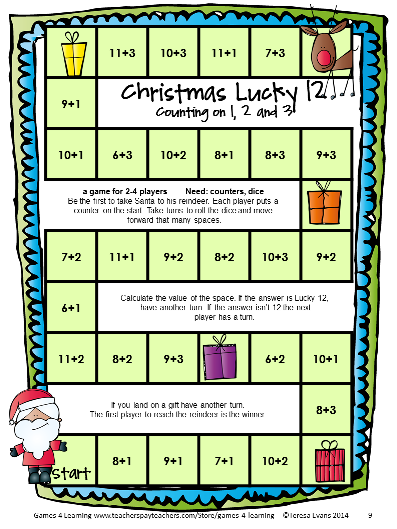
At the command of "Lilliputians!" (as an option for children: dwarfs, kids) children should sit down, at the command “Gulliver!” (or "Giants") - stand up. The most attentive wins the game.
Suitable for age: 4-5 years old.
10. Take off the feathers
The following game will help you run and practice your agility. Divide the children into two teams. One attach several clothespins to clothes. The task is to get rid of the “feathers” by attaching them to the clothes of the second team members. The one who first removes all the "feathers" from himself will win.
Suitable for age: 6-7 years old.
11. Who is faster?
If you need to keep the children company at home, offer them something like a small relay race. From the options for passing the distance, use:
- squatting;
- walking around the room with a balloon without touching it with your hands;
- walking with a bag of beans (or a book) on the head;
- jogging over obstacles (for example, without stepping on spread out pillows or, conversely, jogging on sheets of paper), etc.
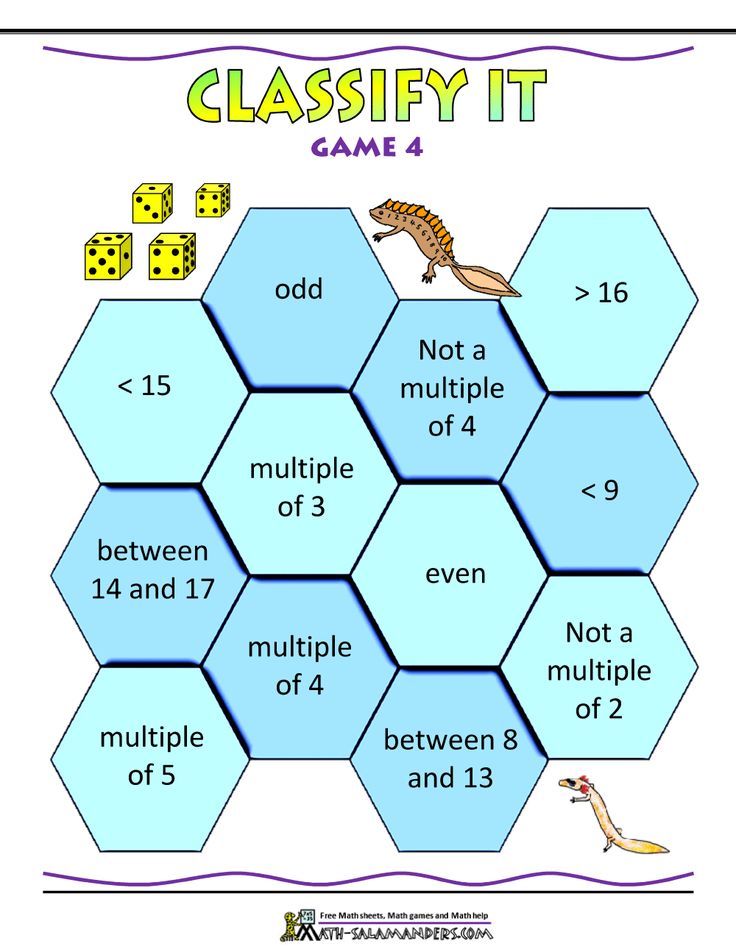
Suitable for age: 5-10 years old.
Competitions
Sedentary children's games will also help you out in a situation when children need something to keep them busy, especially since the place or time may not allow active movement. Such an activity requires, albeit minimal, but preparation. And it, as you know, is no less interesting than the process of the game itself.
12. Quiz
Invite the child to be the leader and prepare a competition, say, for a family dinner or tea party when the whole family gathers around the table.
Tell me what questions or riddles to choose, prepare prizes for correct answers, choose the winner, dilute the script with a musical break, turning on karaoke or dance music.
Such quizzes can eventually become thematic and turn into a good family tradition.
Suitable for age: 7-13 years old.
13. Answer within a minute
Prepare a list of simple questions and organize games for the children at home if you have two or more of them. Offer to try to give as many correct answers to the questions as possible in a minute.
Offer to try to give as many correct answers to the questions as possible in a minute.
In this way you will train the speed of thinking and the speed of reaction. Select questions from the area of general knowledge or on topics that children know well, as well as in accordance with age.
Suitable for age: 7-15 years old.
Family games for development
Entertaining games can be organized with children at home, using the simplest objects. Thus, you will develop logic, thinking and help your child explore the world. Do not forget that during the game the child learns.
14. Magic Pencils
Colored pencils or felt-tip pens are needed to play. You will repeat the colors and work on the development of observation and imagination in the baby.
Explain that pencils sometimes come to life and can daydream, imagining themselves as other objects. The red one said that he was a strawberry, the green one - a maple leaf, the yellow one introduced himself as the sun.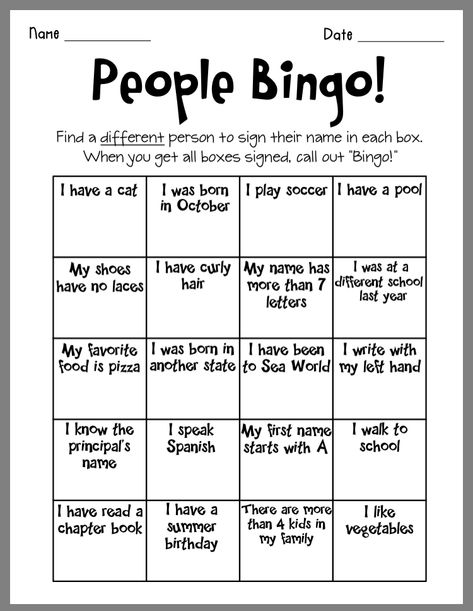
Invite your child to "voice" different colors of crayons by naming the corresponding objects.
Suitable for age: 4-5 years old.
15. Touch!
Another way to repeat or study colors is this game. The child needs to touch the object of the color that you name.
You can play within the same room, or you can complicate the task and look for a suitable color throughout the apartment. As an option, to train your memory, at the end of the search, ask the child to name the items that he found.
Suitable for age: 4-7 years old.
16. Draw a story
Making up stories is a favorite pastime for many children. But it can be diversified by inviting the baby to draw everything that you are talking about.
A variant of this story: “There was a big house on a green meadow. It had blue walls, a red roof, and gray smoke coming from a black chimney. The yellow sun smiled at the blue sky and blue clouds.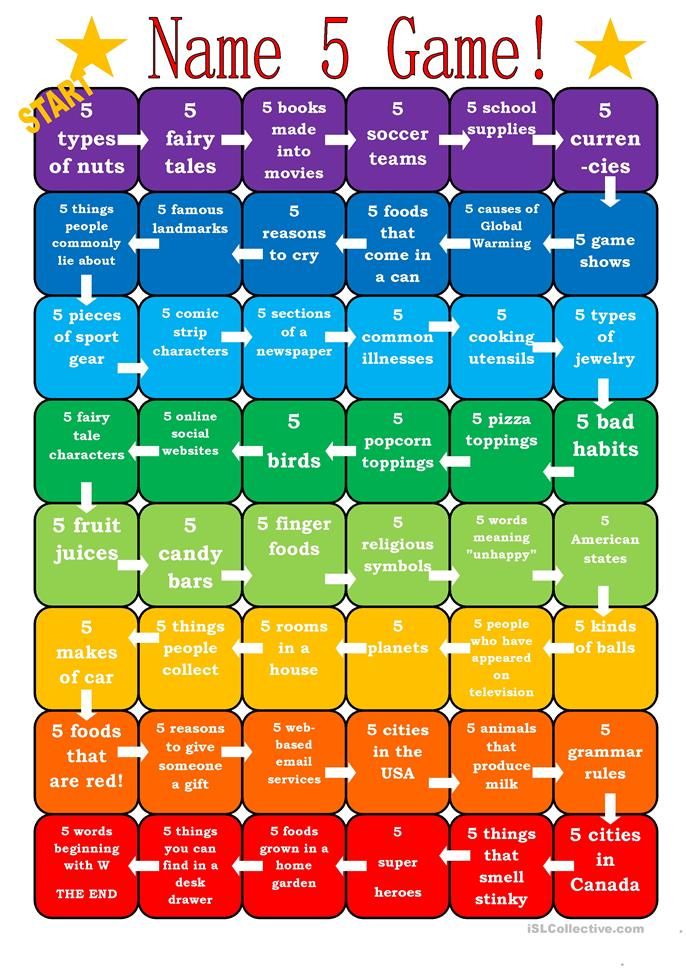 Red flowers grew around the house and multi-colored butterflies fluttered.
Red flowers grew around the house and multi-colored butterflies fluttered.
You can continue the story, add characters and objects, giving them a description. If the child likes this activity, roles can be reversed. Try to draw on paper everything that your creative child will come up with!
Suitable for age: 4-7 years old.
17. Attention to the picture
Children's favorite books usually contain a large number of pictures. For this game, drawings are suitable, which depict many different objects. You say, “I see something red in this picture. It does not know how to speak (as an option - to walk, ride, no pens, etc.).” The task of the child is to guess the object. Roles can be reversed.
Suitable for age: 4-5 years old.
18. Memory
Game ideas surround you even within the same room, so that with children at home you can develop any thought processes even with the help of ordinary toys.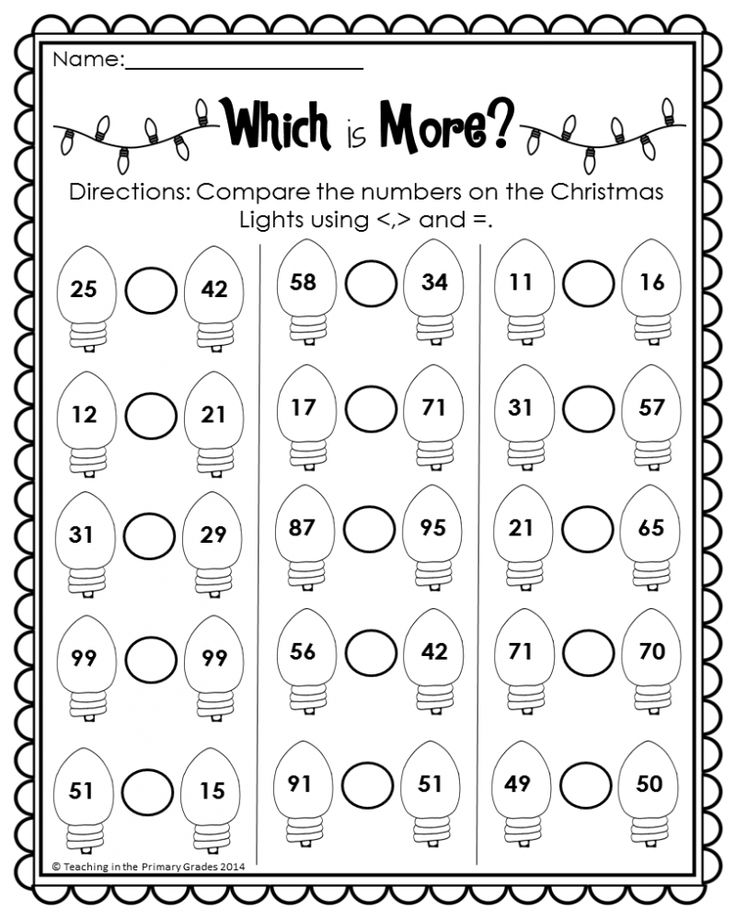
Take a few objects (doll, soft toy, ball, cube, etc.) and arrange them randomly. Ask the child to remember what toys he saw and look away.
Swap them or take one and ask what has changed. Tasks can be complicated when the baby has a little practice.
Suitable for age: 4-7 years old.
19. Didactic games
Suitable for studying mathematical and geometric concepts, natural phenomena and the world around. With the help of pictures cut out from old magazines or printed on a printer, you can help baby animals find their mother (for example, make pairs of chicken-chicken, sheep-lamb, etc.).
Geometric shapes cut out of colored paper will help you repeat colors and practice counting, while circles cut into segments will introduce you to the parts of the whole.
The process of preparing such material will be no less interesting and creative than the lessons themselves.
Suitable for age: 4-8 years old.
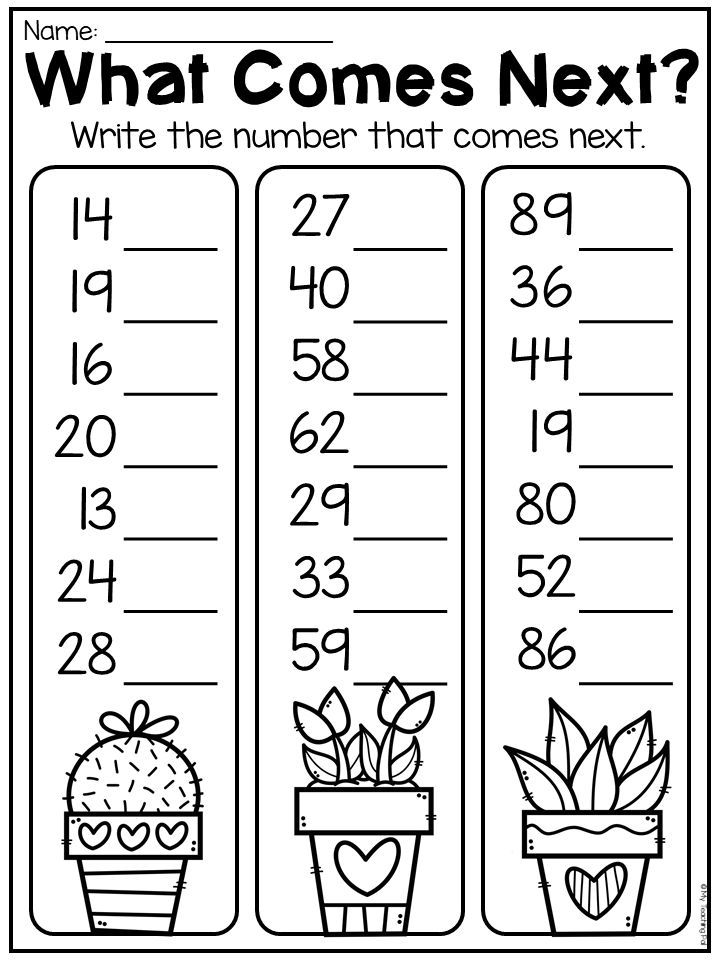
Speech games
The development of speech is an important and necessary process. Talk to your child on the way home, in the car, look at the pictures together. Cognitive games can be organized at home with children and in a simple conversation, the main thing is to show a little imagination.
20. Write a story
Some children's games are aimed at the development of imagination, and they should not be neglected. And to begin with, try to come up with a story that will be based on just two words. At the same time, they do not have to be combined in meaning. For example, ask one word from your dad (mother), the second - from your sister (brother). Look what a funny story you can make!
Suitable for age: 5-8 years old.
21. Who and what
By asking simple questions, this game can be played either alone with a child or with a group of children. Tasks can be as follows:
- Who (what) is swimming?
- Who (what) walks?
- Who's talking?
- What can you eat?
- What can be cooked?
- Who (what) can fly? Etc.
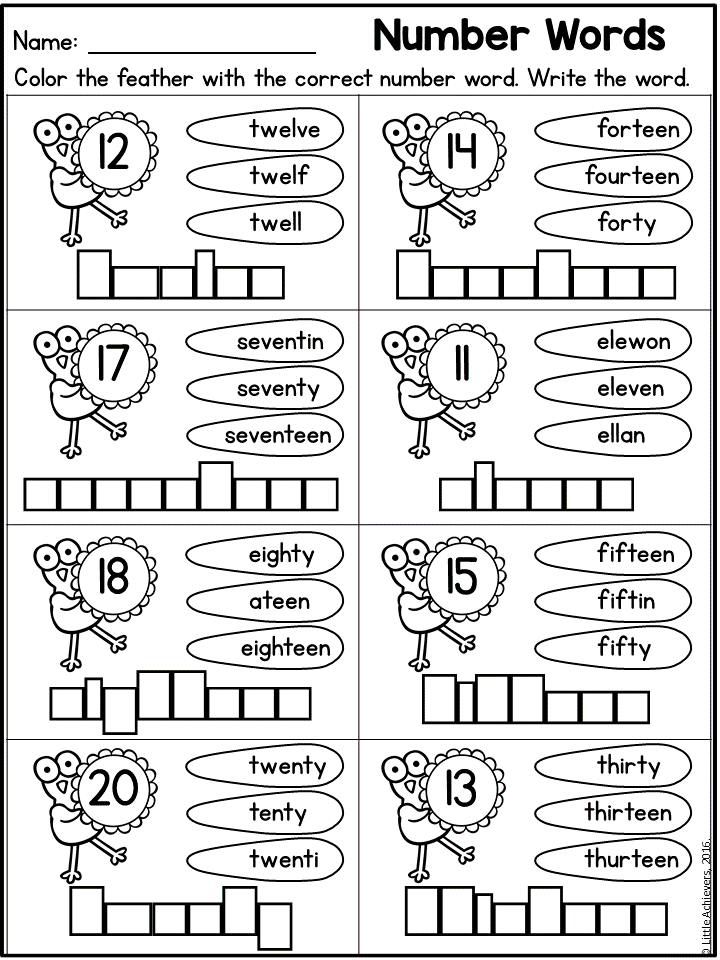
There should be as many answers as possible. If there are many participants, there will be a competition.
Suitable for age: 5-7 years old.
Construction of houses
Needless to say, how children love to build things? Moreover, it does not matter at all whether it is an expensive designer, wooden blocks left after repair, shoe boxes or an umbrella and a blanket - the process is always captivating.
Although, as practice shows, unnecessary boxes or a covered chair usually win in terms of popularity.
- A selection of hotels for families
22. Constructors
In any home there are small Lego parts or a box with wooden towers, arches and blocks of different sizes.
Offer a bored child to build a home for his favorite toy: a little man, a doll, a bear, etc. you can go beyond walls and build simple furniture and celebrate the move.
Suitable for age: 5-8 years old.
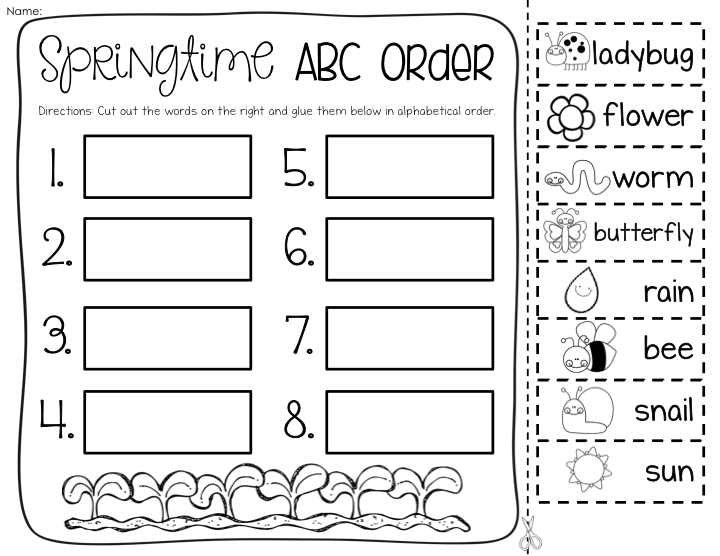
23. Cardboard boxes
It happens that shoe boxes have accumulated or a large package of household appliances has appeared. Then the house can be built for dolls (for boys - a garage or parking lot) or for a baby.
Such structures can be pasted over, decorated, filled with furniture - in general, playing with them will captivate young architects and designers for more than one day.
Suitable for age: 6-10 years old.
24. Armchairs, blankets and umbrellas
The good old version of "housing", inexplicably interested in all generations of children without exception. A bedspread or a blanket can be put on the table, fixed with books, two chairs can be covered with it, or something similar can be built using an ordinary umbrella.
Fantasy begins to manifest itself instantly, and sofa cushions, blankets and other improvised means are used. True, after such a game you will have to spend some time cleaning.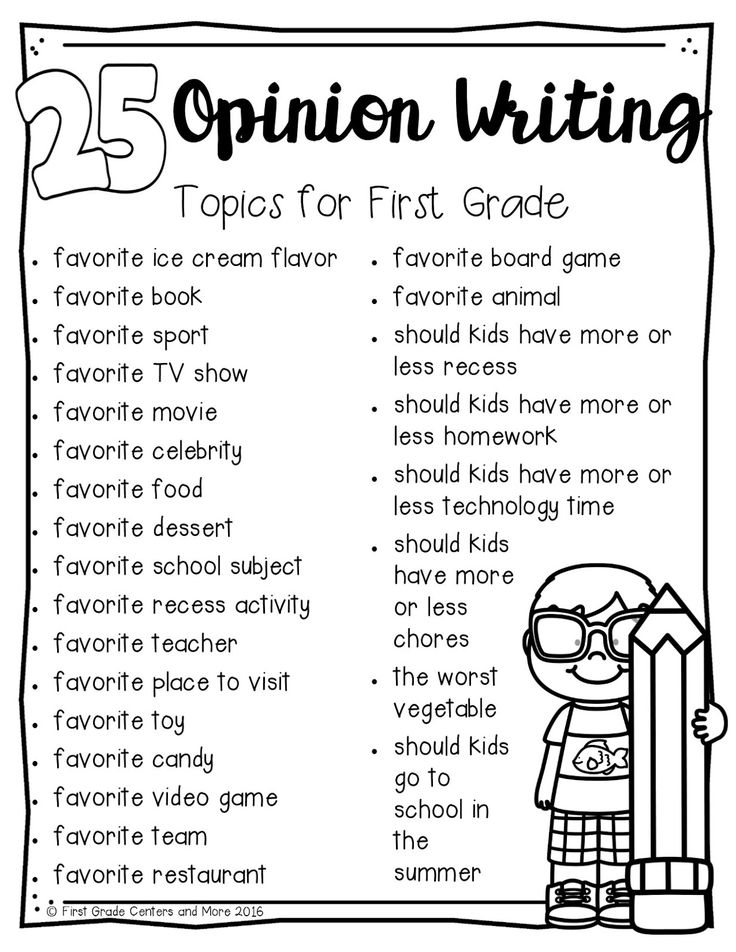
Suitable for age: 4-8 years old.
Math games
Don't you think that mathematics is a boring science? Wrong opinion. Usually children like to count, add and subtract, play with geometric shapes. The main thing is to interest them and not turn the game into a long annoying task.
- Best resorts for families with children
25. Math in the kitchen
Setting the table is a great way for your little one to practice counting. Ask him to put two forks on the table, bring three cups, take five apples from the basket, or put four cookies on the plate.
Get creative with addition and subtraction using teaspoons, large pasta, or other household tools.
Suitable for age: 4-6 years old.
26. Tasty Numbers
Bake number cookies together. Prepare the dough, let the child roll out the sausages, and you help to add them in the form of numbers.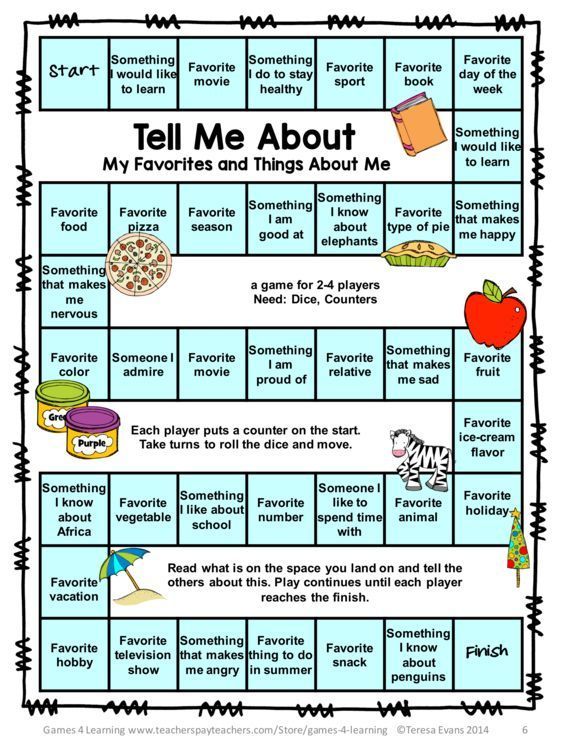
You can play with them, build pyramids, stack them up and down, and even make simple examples. It's not scary if a couple of signs suddenly disappear imperceptibly - after all, this is a cookie.
Alternatively, math pastries can also be made inedible. Blind such numbers from salt dough, dry and decorate them, and then open them with varnish. Spreading examples from this counting material will be especially nice.
Suitable for age: 4-6 years old.
27. Math ball
The ball can be played even within the same room without damaging neighbors or surrounding furniture. Repeat verbal counting with your child.
When throwing the ball to him, name an example, and he, throwing the ball to you, must say the answer. Depending on age, you can take numbers from the first ten, second or three-digit. The main thing is to have time to count yourself in order to check the correctness of the answer.
The variant of the ball game can be like this.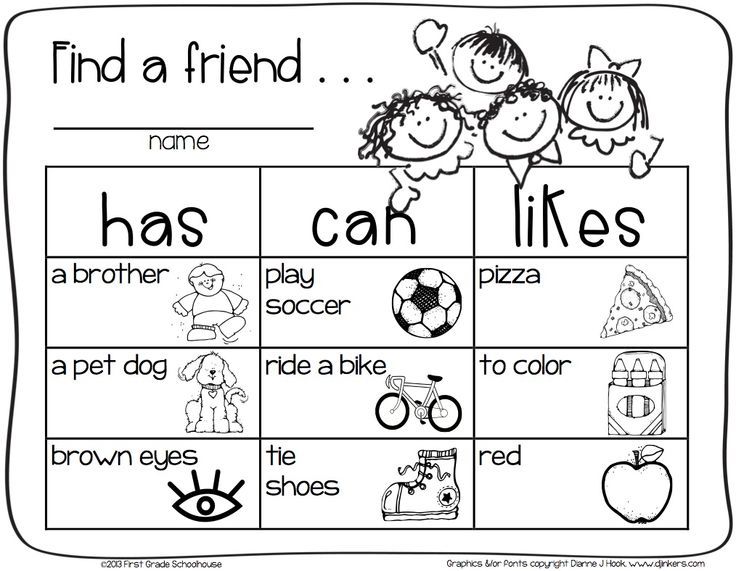 When throwing the ball to a child, name the number, and in response he must name adjacent numbers (5 more, 10 less, half as much, etc., depending on age and knowledge).
When throwing the ball to a child, name the number, and in response he must name adjacent numbers (5 more, 10 less, half as much, etc., depending on age and knowledge).
Suitable for age: 5-8 years old.
Interesting games for two children
Children often only need to be prompted to play, and they will perfectly play with each other, mostly without paying attention to the difference in age.
Calm games at home can be very different, the main thing is that they are interesting for children.
28. Wonder Beast
All you need is a piece of paper and a pen. The first player draws a head and folds the sheet so that only the neck is visible.
The second one completes the torso, then again the first one draws the legs (paws, flippers, etc.). Expanding the "picture", the children will see a rather funny creature that you can think of a name for.
Suitable for age: 6-10 years old.
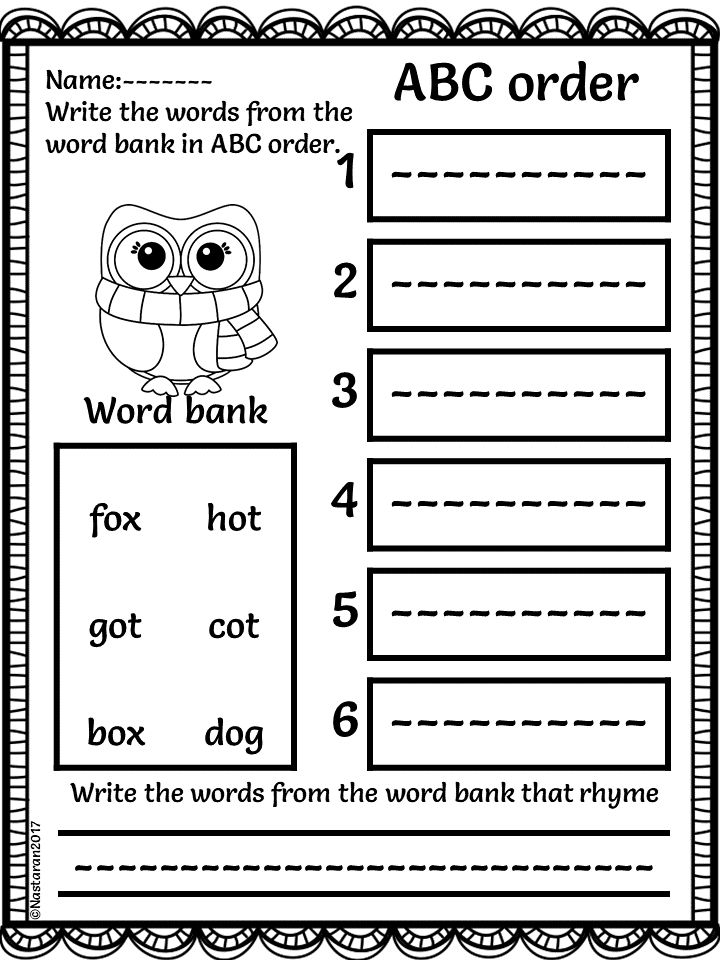
29. Funny stories
A similar activity can be a variant of the game on paper, when children need to play with each other or with adults. The first participant must write two lines from a song, a poem or just two sentences related in meaning, and wrap a sheet of paper, leaving only the last phrase.
The next one writes two of his own lines, connecting them in meaning with the previous phrase, and again wraps the sheet. As a result, the bundle will hide a very curious and, most likely, funny story.
Suitable for age: 8-14 years old.
Role-playing games
Children's games, in which children pretend to be adults, are perhaps the most favorite.
From an early age, a child begins to imitate his parents: lovingly puts his favorite toys to bed, builds a garage, cooks food on a toy stove, or builds a semblance of a real store. Play along with the child or switch roles with him, allowing him to become a mom, dad, salesman or doctor.
30. Shop
There are several variants of this game. You can lay out items on the "counter", set "price tags" and make "money" from cut sheets of paper of different sizes, thereby repeating the count.
Or you can ask the child not to name the product he wants to buy, but only to give him a description. So the game will become a small lesson in the development of speech.
Suitable for age: 4-6 years old.
31. Beauty salon
A role-playing game that captivates absolutely all girls. You can become a model for your child to do hair, make-up, and manicures.
But a doll can also act as a “client” of the salon. At the same time, be sure to discuss the rules of conduct and the culture of communication in the salon.
Suitable for age: 5-7 years old.
32. Construction site
You can organize the activities of both the driver and the builder at the same time by showing your son that a large car can be loaded with blocks, help it get to the construction site, unload the “material” and start building a garage or house.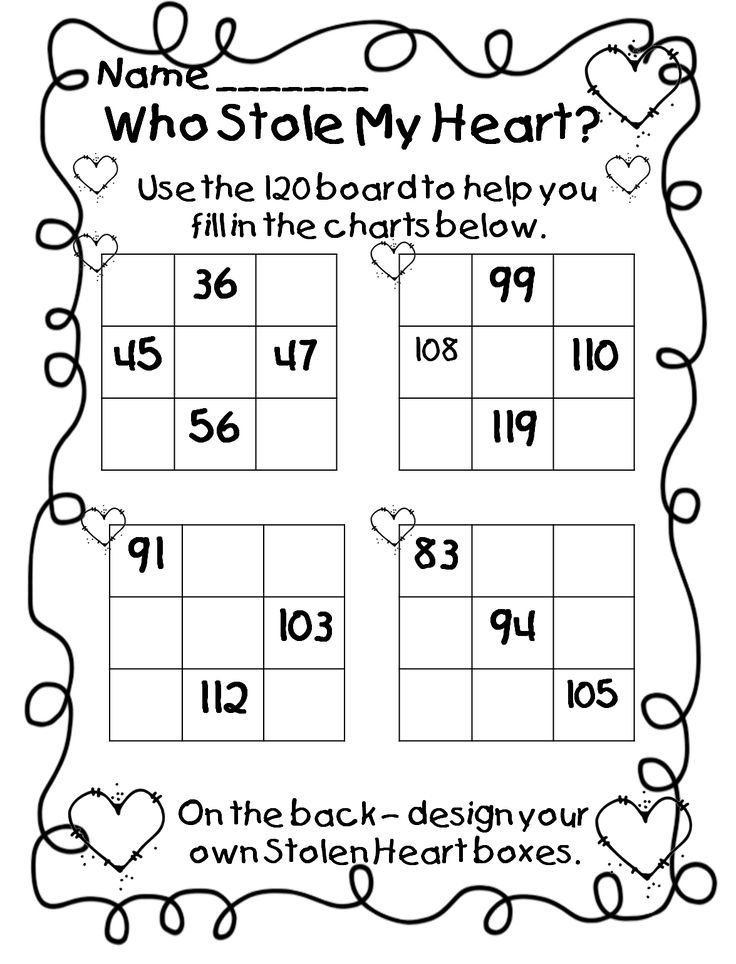
You can also include a crane, "worker" figures and build more than one object.
Suitable for age: 4-6 years old.
33. Playing Pirates
Build a ship from improvised means, and look for costume parts in the closet - the preparation process will be no less interesting.
Then, armed with binoculars, you can go in search of treasures to uncharted shores. Alternatively, a small toy man can become a pirate, and a ship can be built from a designer. Depends on what the child likes more.
Suitable for age: 5-8 years old.
Unusual home games
Family games at home can become a good tradition that will give your children a lot of warm memories in adulthood. In the meantime, they are still small, a little imagination, effort and time will help organize fun games and occupy the leisure of the whole family. Get actively involved in the preparation, do not be lazy, think of what you can play, and you will not notice how you will get carried away yourself.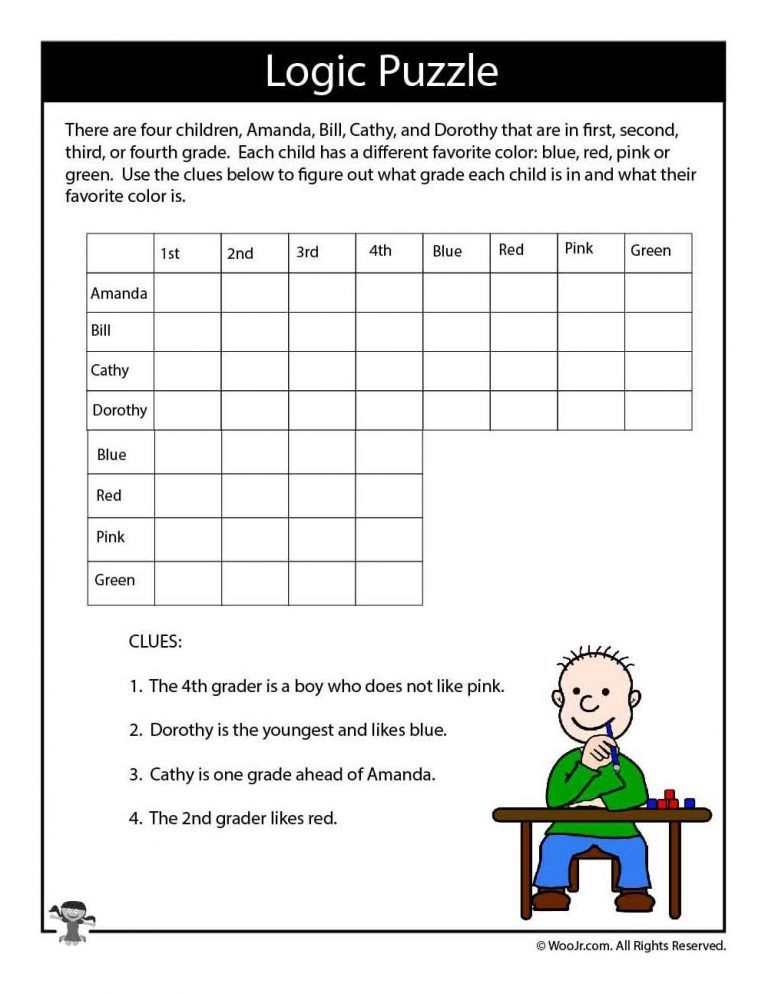
34. Fantastic patterns
Mix 5 tablespoons of gouache, one of shampoo (dishwashing liquid) and a teaspoon of water. Make a thick foam in the container by blowing into a plastic straw.
Now lightly touch the colored bubbles with a piece of paper. See how the prints turn out, and paint an abstract picture, following your imagination.
Suitable for age: 5-12 years old.
35. Fun quest
This activity can be prepared for a birthday party or for a group of friends, or you can just please your child with an exciting activity. And if the treasure hunter is interested in the search process, then, believe me, the preparation process will be no less fascinated.
Hide a small gift or sweet prize (there may be more than one) at home and write step-by-step instructions on how to find it.
You can place notes with clues in the most unusual places, the main thing is that each previous one should be the key to finding the next one and eventually lead to the main “treasure”.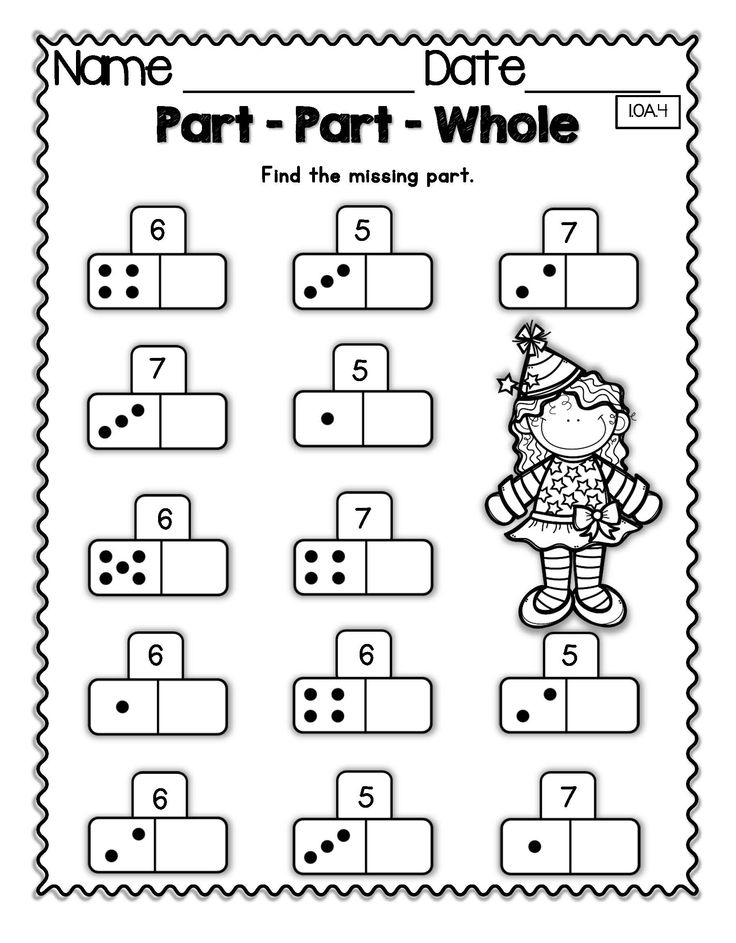
Suitable for age: 6-12 years old.
Music games
Every child has favorite songs, regardless of age. You can just dance, learn new moves or prepare a dance as a gift.
Joint games of children at home unite, and music will help recharge with positive and good mood.
36. Leg, leg!
Have you ever danced with your neck? What about a nose or a finger? Well, there is a great opportunity to try! Turn on your favorite tune and start with simple movements.
Ask the children to dance with only their hands or only their feet. Then move on to more difficult tasks: dance only with your elbow or finger. And don't forget: you, too, must be actively involved in the game.
37. Get rid of the balls
For this game you will need a low stretched volleyball net. But as an option, any dividing line in the house is also suitable. Inflate 6 - 10 balloons, depending on the number of players.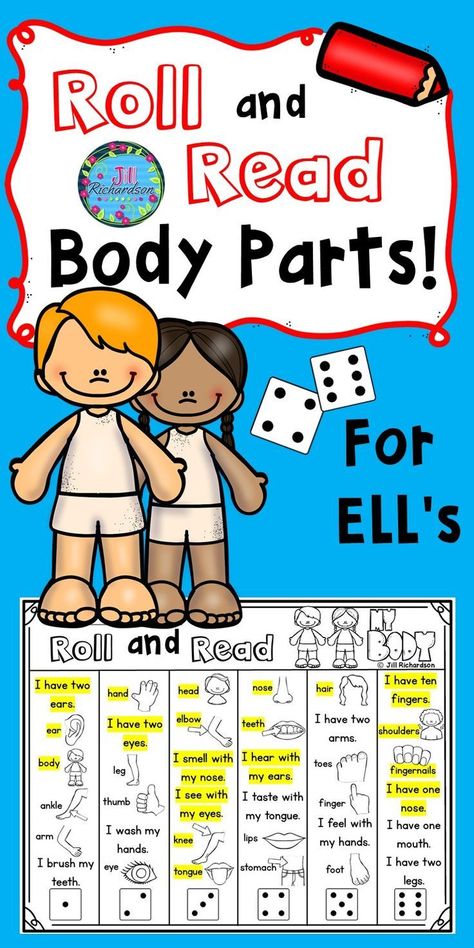
The task of two teams (they can have from 1 to 3-4 participants), having received the balls equally, transfer them to the opponent's side.
The game starts when the music is turned on and stops when the music is turned off. Whichever side has fewer balls at that moment wins.
Water games
Children love to splash in the water, bathe and pour water from container to container.
If you decide to use water as a play area, be prepared for the environment to be wet and your baby's clothes and shoes to become wet. Therefore, be prepared for the fact that at the end of the game you will need to completely change your clothes.
- Best Family Fun
38. Catch, fish!
Prepare a bowl or basin of water, take a few small items and put them directly into the water. These can be balls, small figures, chestnuts, etc.
Invite the child to catch the “fish” with his hands, a spoon, a small net (a small kitchen sieve can act as this), and then carefully place them in a nearby container.
Suitable for age: 3-5 years old.
39. SpongeBob
Tell your child that a sponge can absorb water and show how it works.
Prepare two containers, fill one of them with water. Try transferring water from one container to another with a sponge, filling it up and then squeezing it out.
Suitable for age: 3-4 years.
40. Catch the ball!
When your baby goes for a bath, drop about ten lightly inflated balloons into the bath with him.
They will funny jump out from under the water, float like boats if you blow on them, and will be a wonderful field for experiments of a little researcher.
Suitable for age: 3-5 years old.
Interesting games
What other games are there for children at home? Choose according to the mood and preference of the child.
They can be active or calm, with a lot of additional materials or in the form of a conversation, but in any case they should be interesting to the child.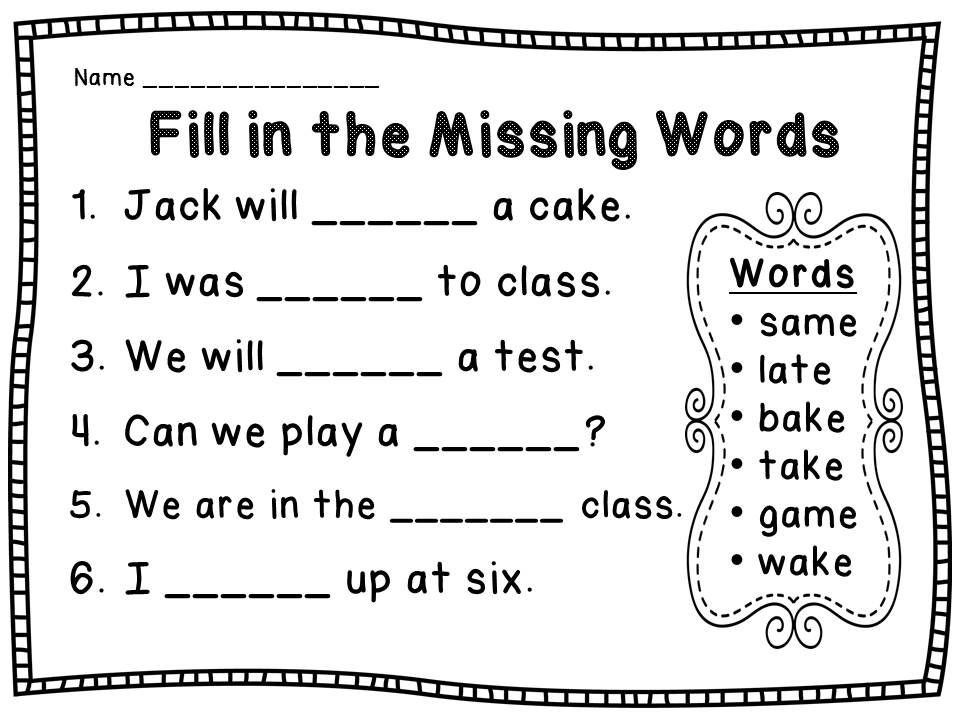 As practice shows, games without a phone can also captivate and interest a child.
As practice shows, games without a phone can also captivate and interest a child.
41. Guess what it is
We explore the world around us with the help of the senses, and touch plays an important role in this. Therefore, it will be useful for a child to mentally create images of things without seeing them, but only by touching them.
Place several objects in a basket or container out of sight, then give one to each child's hands while blindfolded (or simply cover them).
Let the baby try to guess what he is holding in his hands, examining the object only with his fingers. Tell me if the child is not coping.
Suitable for age: 4-7 years old.
42. Unusual book
Games and activities with children at home can be remembered not only as an interesting pastime with parents, but also as an interesting craft that has been preserved for many years. You can make a book with your child about himself.
Collect photographs, magazine clippings, interesting small items.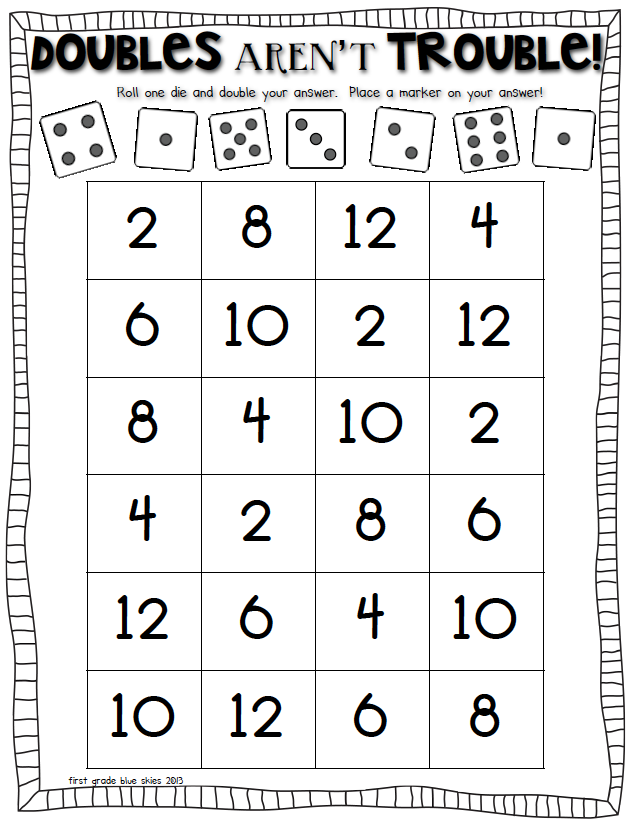 They can be glued onto thick sheets of paper and write a story together.
They can be glued onto thick sheets of paper and write a story together.
Have your child write the first letter in this book, make the first drawing, circle their pen, or paste a picture they like. After many years, such a craft will evoke very fond memories.
Alternatively, you can make a fairy tale book by inventing a story and decorating it with applications and drawings. The process will take more than one evening and, most likely, will interest the child for a long time.
Suitable for age: 4-10 years old.
Advice to parents
When spending time with your child, do not be afraid to show your imagination, use any household items for play, talk about the world around you, let the baby try on different roles, dance, jump, get his hands dirty in paint or wet clothes with water. So he learns the world, develops and grows.
Remember that your participation in the gameplay is important, but only as a partner, less so as a mentor.
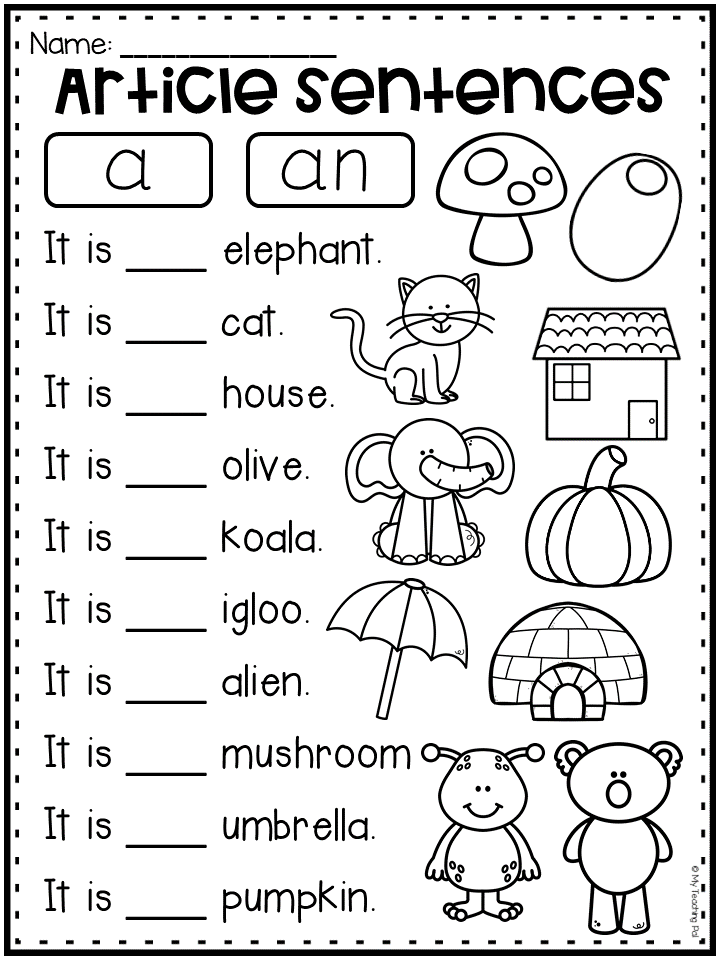
Learn more




